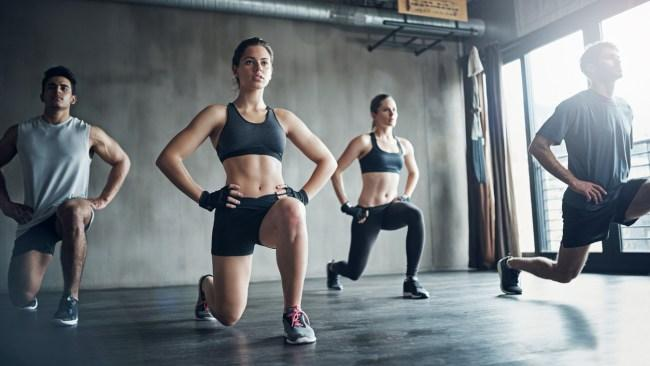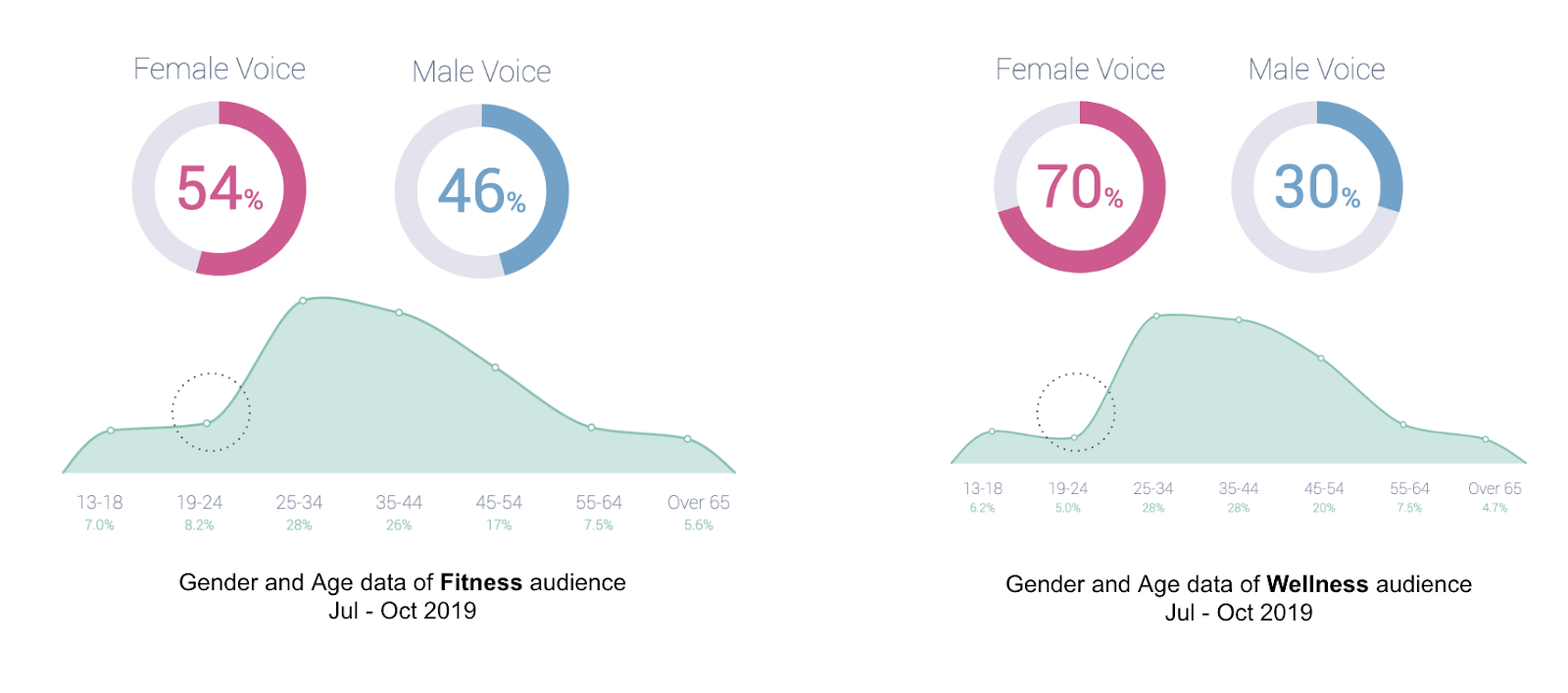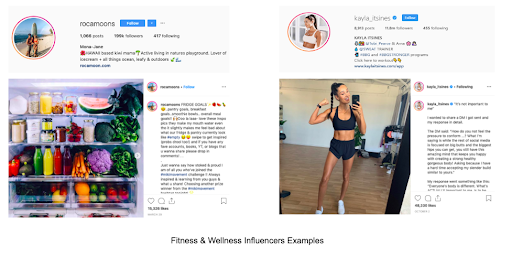News and Insights
Fitness vs. Wellness: The $4.5T Social Media Conversation
October 18, 2019
While attending the Global Wellness Summit in Singapore this week, we came across a new report from Global Wellness Institute (GWI): “Move to be Well: The Global Economy of Physical Activity”. The report found that the entire “physical activity economy” is now valued at $828.2 billion globally and will likely surpass $1.1 trillion by 2023. This includes “sports and active recreation, fitness, and mindful movement core segments—along with the supporting markets of equipment and supplies, apparel and footwear, and technology.” Interestingly, J.W. Thompson Intelligence called out the emergence of the “Anxiety Economy” this April, which serves consumers who seek better wellness, self-care and ways to navigate anxiety and stress. With these trends in mind, we drilled into the digital conversations about Fitness and Wellness over the past three months, to see who is contributing to these conversations, what is being talked about and where, and how these two topics intersect and differ.

Credit: Inc A Biz Growth
FITNESS VS. WELLNESS
Between August and October, there were in total 108 million mentions of Fitness and 60 million mentions of Wellness. While discussions about Fitness saw a more balanced gender split, with 54% female and 46% male; conversations about Wellness were dominated by females, taking 70% of the overall volume. Both topics were mainly discussed by Millennials and Gen X, with Fitness having a slightly higher percentage of the Gen Z audience (8.2% vs. 5%)

Although both topics touch on Weight Loss and Food/Diet, they are discussed slightly differently.
- Some of the negative sentiment about Weight Loss within the Wellness conversation includes topics such as eating disorders and ‘fat-shaming’, prioritizing the potential mental health impacts. Those who express negative sentiment within the Fitness conversation are more likely discussing individual failings regarding workout expectations.
- Hashtags within Food/Diet topics in Fitness include: #gains, #protein, #nutrition, #keto, and #eatclean; those within Wellness include: #organic, #plant-based, #GlutenFree, and #vegan
FITSPIRATION
A disproportionate amount of both Fitness and Wellness-related content and conversation occurs on Instagram. Around 78% of both conversations take place on Instagram, 18% on Twitter, and 5% on Pinterest. Instagram’s focus on visual content, including videos in both post and story, make it an ideal platform to host “Fitspiration” and “wellness-inspiration” content, two other trends that are currently flourishing. Both trends have a focus on one’s “personal journey” to fitness or wellness, and often takes the form of progress photos and documenting routines, activities, habits, mood, and products, and is very much about consistent behavior and lifestyle changes.

BREAKING DOWN BARRIERS
This focus on individual journey is also reflected by experts both formal, like personal trainers, and informal, experienced fitness fanatics who have tried it all. Influencers, brand ambassadors, and experts often share their tips, tricks, recommendations, and routines on digital platforms that are accessible to anyone with Internet access; some also create communities for their audience to interact with and motivate each other. As the Global Wellness Institute reports, fitness should not be a privilege but a right. Social media and the influx of fitness and wellness influencers offers a potential solution to breaking down the barriers of elitism within fitness and wellness communities and opens the door for more people to learn and engage. With Instagram videos of at-home workouts and posts with everyday mindfulness advice, one no longer needs a luxury gym membership or spa excursion to prioritize living a healthy lifestyle. Opportunities also exist for brands to reach their audiences more easily through these influencers.

CLEAN BEAUTY
Another theme identified within the wellness conversation is Clean Beauty. The overall “wellness economy” accounts for a $4.5 trillion market, according to GWI’s new report, with the Personal Care, Beauty & Anti-Aging category taking the most share ($1.083 billion), followed by Physical Activity ($828 billion). Interestingly, we’re seeing strong similarities between how fitness routines and skincare routines are being discussed. Skincare is being positioned as just as important to overall wellness and self-care as physical fitness and requiring the same kind of discipline and consistency to see results.

FAD OR TREND?
Finally, both fitness and wellness are areas highly susceptible to wavering fads. Data-driven insights can help differentiate between what is a passing craze versus what is a trend with staying power.
For example, while mentions of “celery juice” flamed out over the past eight months, #StrongNotSkinny and a focus on strength building are here to stay.

ABOUT FINN RPM
FINN Partners’ Research, Planning & Measurement team is the agency’s research and intelligence group providing a full array of primary research and big data analysis instruments to inform creative platforms, plan marketing campaigns and measure effectiveness. To learn more click here.
Authored by: Vivian Pan, Abby Ferdinando, and Tom Jones.